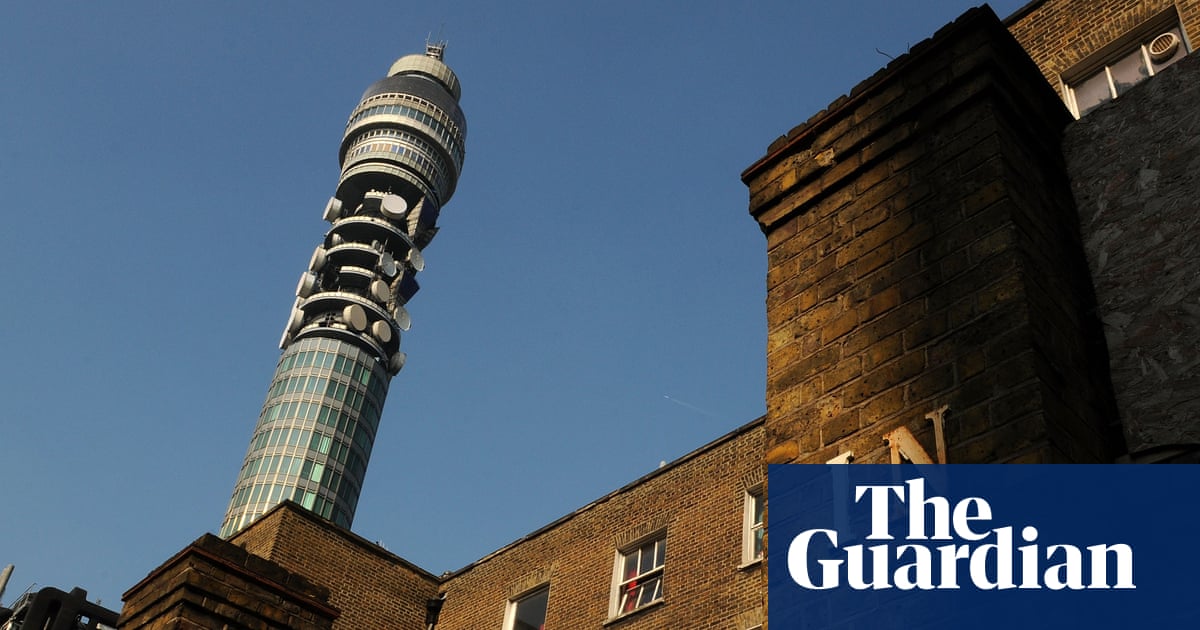Auto Amazon Links: No products found. Blocked by captcha.
A recent report sheds light on the connections between workhouses in England and Wales to slavery and British imperialism, revealing a historical relationship that has been largely overlooked. Often associated with the harsh realities depicted in Charles Dickens’ Oliver Twist, workhouses were funded and overseen by individuals involved in the slave trade, according to the study.
Researchers found that there was a significant exchange of ideas and methods between workhouses and plantations, with inmates in British workhouses producing goods for enslaved individuals and materials for slave ships. Andrew Williams, a researcher from Cardiff University, emphasized the deep ties between British welfare systems and empire, stating that the management of poverty in Britain was heavily influenced by slavery-derived wealth and colonial exploitation.
Published in the journal Antipode, the study introduces the concept of the “workhouse-plantation nexus,” highlighting the intertwined nature of many workhouses and colonial plantations. The research focused on the first workhouse in Bristol, established in 1696 with substantial financial support from notable slavers such as Edward Colston. Similarly, the demand for poor relief in Liverpool led to connections with individuals deeply engaged in the slave trade like Bryan Blundell.
Workhouses played a crucial role in supporting the slave economy by producing textiles and oakum for slave ships, as well as providing a source of indentured labor for colonies. The study challenges the comparison between the experiences of White British individuals in workhouses and enslaved people, debunking the false equivalence that has been made. This research opens up discussions about the connections between workhouses and modern-day big businesses profiting from institutions like prisons and immigration detention centers
Read the full article from The Guardian here: Read More
Auto Amazon Links: No products found. Blocked by captcha.
